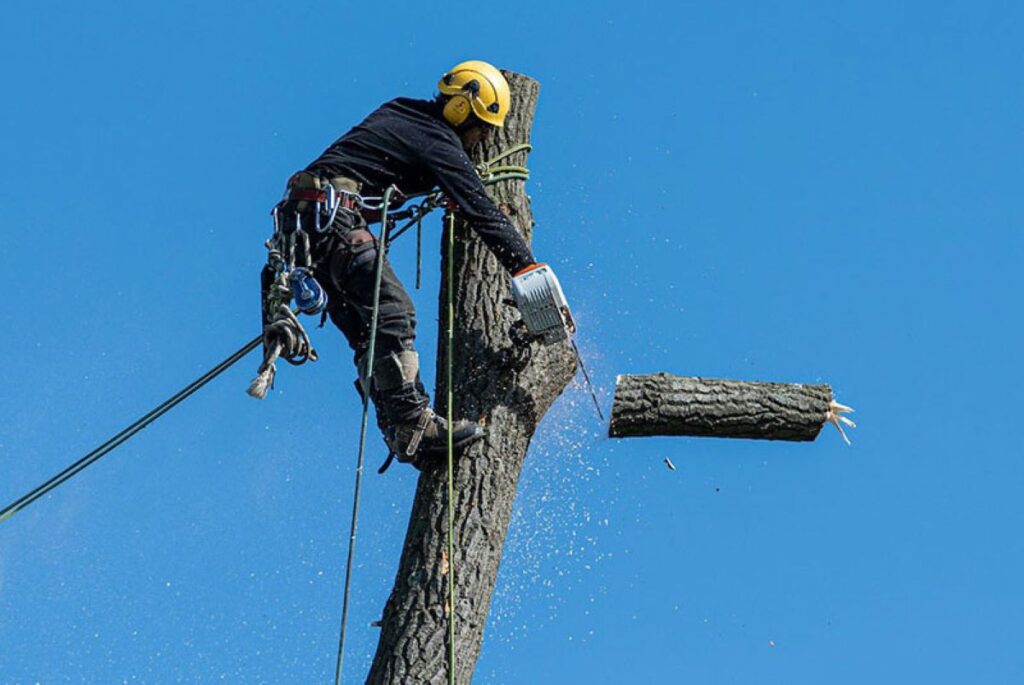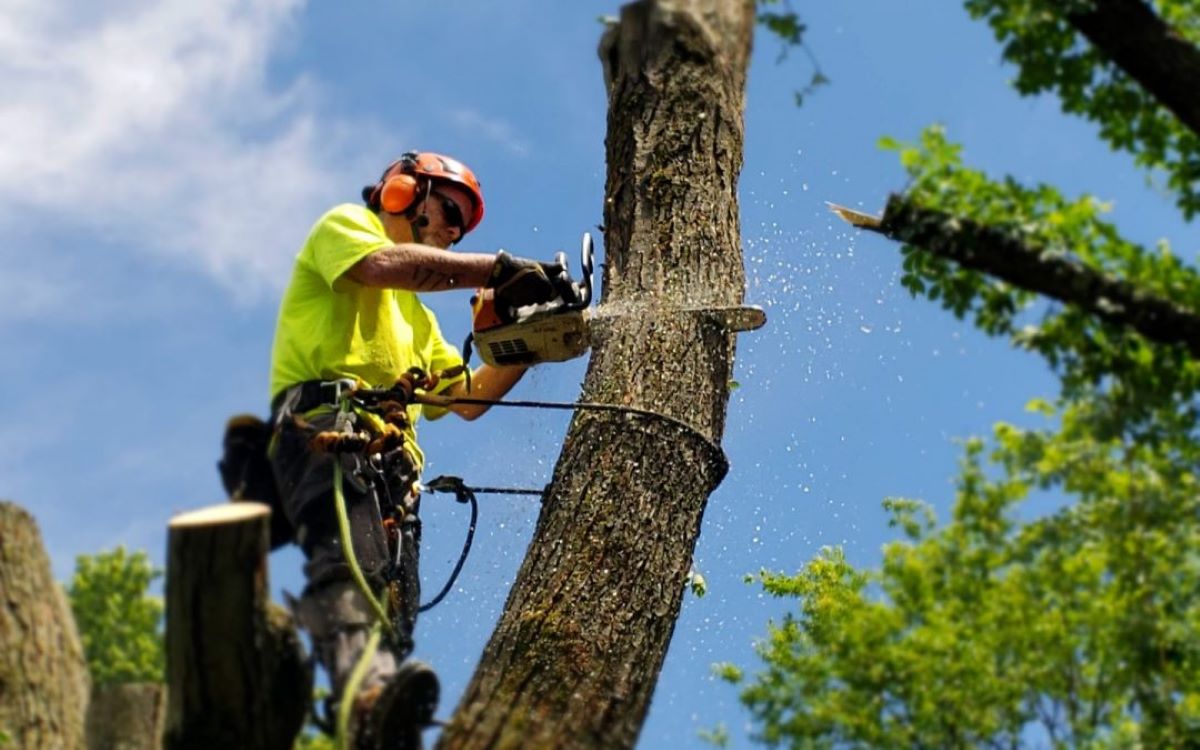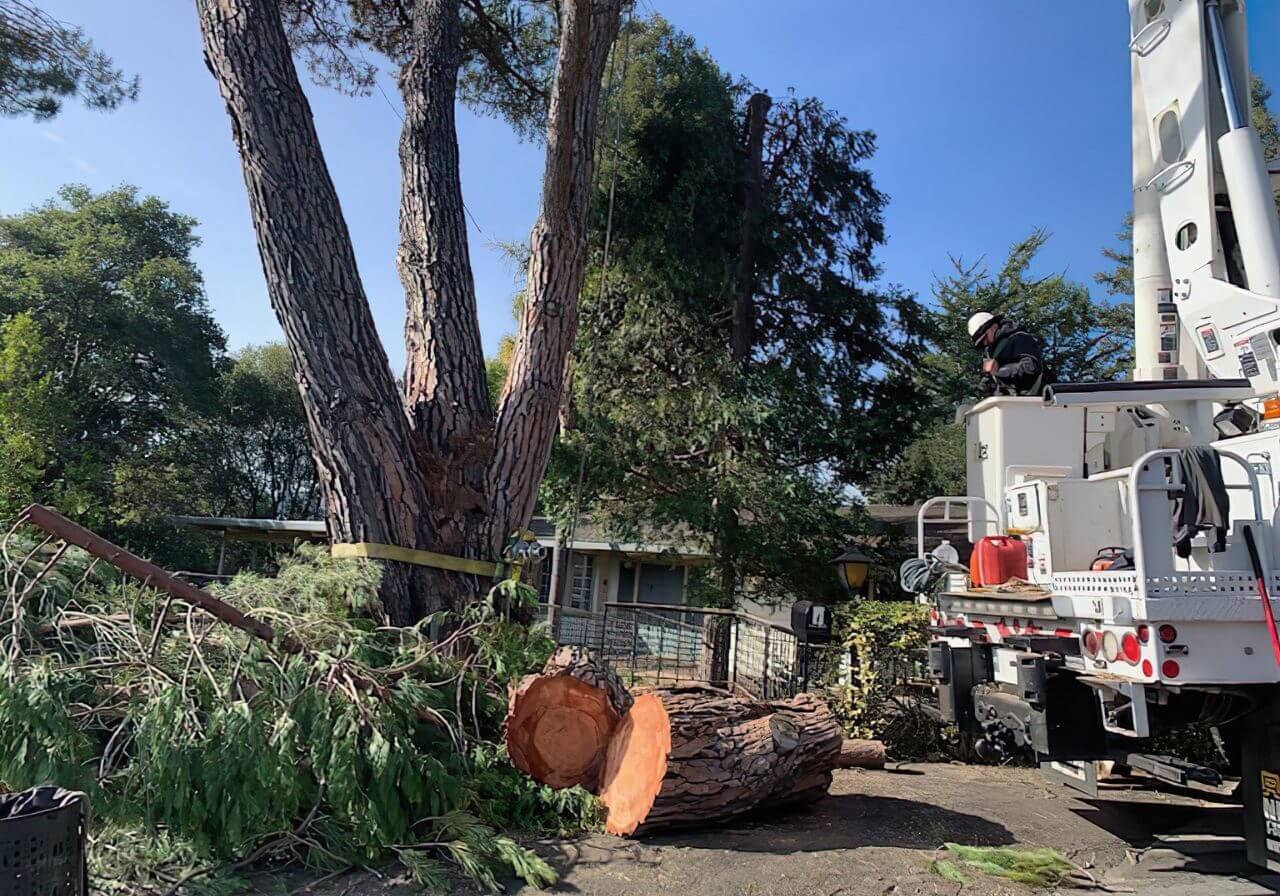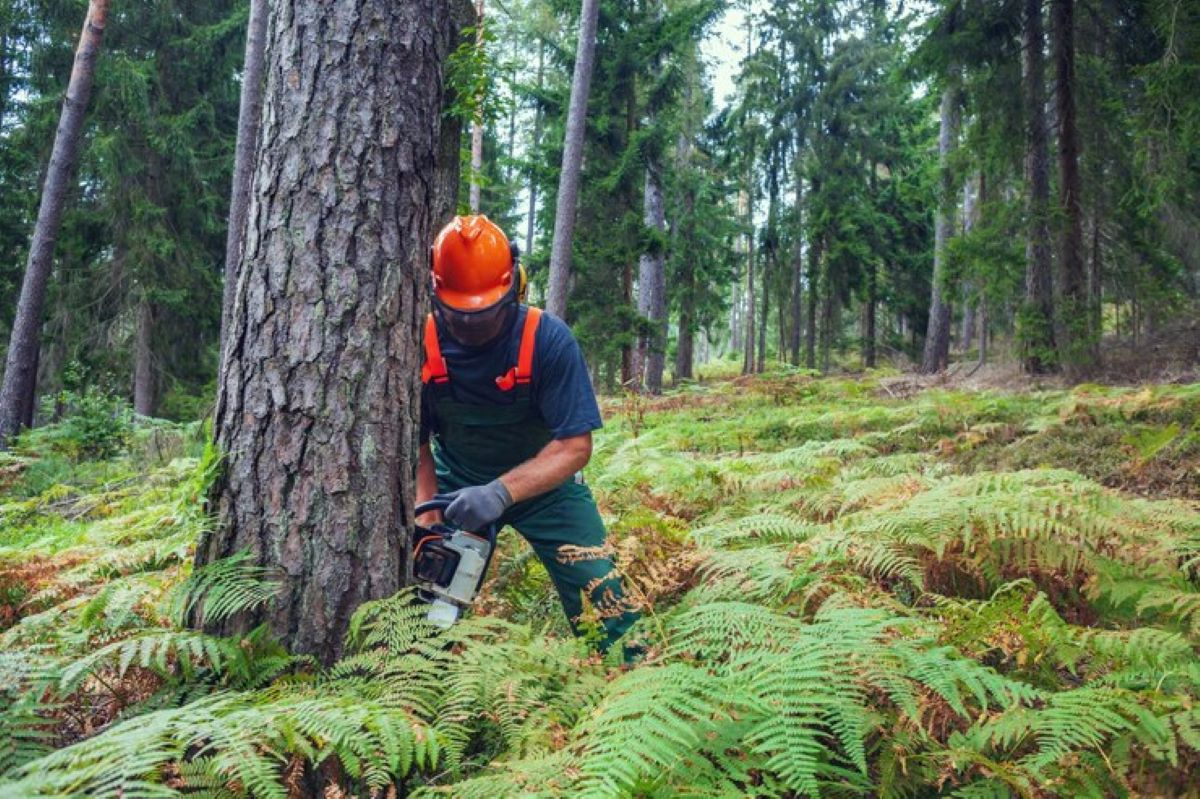Introduction
Trees are vital to the environment — they absorb carbon dioxide, produce oxygen, and provide habitat for countless species. Yet, there are times when tree removal becomes unavoidable. Whether it’s due to disease, storm damage, or safety concerns, removing a tree can have ecological consequences if not done responsibly.
In this article, we’ll explore the environmental impact of tree removal, why it’s sometimes necessary, and how you can minimize harm through responsible practices and professional arborist guidance.
Why Tree Removal Is Sometimes Necessary
Despite their ecological importance, trees can become hazards over time. Some common reasons for tree removal services include:
- Safety concerns: Dead or unstable trees may collapse, posing risks to homes and people.
- Disease and pest infestations: Infected trees can spread illness to surrounding vegetation.
- Infrastructure damage: Roots can crack foundations, driveways, or underground pipes.
- Overcrowding: Too many trees in one area can limit sunlight and stifle plant growth.
While the decision to remove a tree shouldn’t be taken lightly, hiring a professional arborist ensures the process is done safely and with minimal environmental disruption.
The Environmental Impact of Tree Removal
1. Loss of Habitat
Trees serve as homes for birds, insects, and small mammals. When a tree is removed, these species lose shelter, nesting spaces, and food sources — potentially upsetting local ecosystems.
2. Increased Carbon Footprint
Trees play a major role in carbon sequestration. Removing one reduces your property’s ability to absorb CO₂, slightly increasing greenhouse gas levels if not offset by replanting.
3. Soil Erosion
Tree roots anchor soil and prevent erosion. Once removed, the surrounding area becomes more vulnerable to runoff, especially during heavy rainfall.
4. Reduced Air Quality
Trees naturally filter pollutants from the air. Fewer trees mean more airborne dust and lower oxygen output in your environment.
5. Heat Island Effect
Urban areas rely on trees for shade and temperature regulation. Large-scale tree cutting can increase local temperatures, especially on paved or built-up surfaces.
How to Minimize the Environmental Impact of Tree Removal
🌿 1. Hire a Professional Arborist
Engaging certified experts ensures safe tree removal with eco-conscious methods. Arborists can identify if a tree truly needs removal or if pruning, bracing, or disease treatment is a better alternative.
🌱 2. Replant to Replace Lost Trees
One of the simplest ways to offset tree removal is replanting. Choose native or drought-resistant species to restore biodiversity and improve soil health. For every tree removed, plant at least one or two replacements.
♻️ 3. Recycle Tree Waste
Instead of burning or discarding cut wood, repurpose it:
- Turn branches into mulch or compost.
- Use logs for garden edging or firewood.
- Donate usable timber for community projects.
Responsible waste recycling keeps organic material out of landfills.
🌍 4. Preserve Nearby Vegetation
When removing a tree, protect the surrounding plants and shrubs. A professional tree removal service uses controlled methods to prevent soil compaction and damage to neighboring roots.
💧 5. Restore the Soil
After stump removal, enrich the soil with compost or organic matter to support regrowth. This helps restore nutrients lost during the removal process and prepares the area for replanting.
🦋 6. Support Wildlife Relocation
If a tree houses nests or wildlife, work with an arborist or local environmental group to relocate animals safely before removal. This minimizes harm to the local ecosystem.

The Role of a Professional Arborist in Eco-Friendly Tree Removal
A professional arborist is trained not only in cutting trees but also in assessing their ecological value. They can:
- Identify alternatives to full removal.
- Recommend tree maintenance strategies like trimming or disease management.
- Plan removals that minimize root and soil disruption.
- Provide advice on replanting and habitat restoration.
By consulting a certified expert, homeowners ensure that environmental impact remains as low as possible.
The Benefits of Sustainable Tree Management
Responsible tree management isn’t just good for the planet — it’s beneficial for your property too.
1. Improved Home Safety: Removing decaying trees prevents storm-related damage.
2. Healthier Gardens: Proper sunlight and air circulation improve plant growth.
3. Long-Term Beauty: Strategic removals and replanting keep your landscape balanced.
4. Reduced Maintenance Costs: Prevents root and branch damage to structures or utilities.
Sustainable care means balancing aesthetics, safety, and environmental stewardship.
Eco-Friendly Alternatives to Full Tree Removal
🌳 Tree Pruning
Instead of complete removal, tree pruning can restore balance and reduce hazards while keeping the tree alive.
🌾 Cabling and Bracing
These structural supports stabilize weakened branches or trunks, preventing collapse without cutting down the tree.
🍃 Disease Treatment
If the issue is pest- or fungus-related, arborists can apply treatments to restore health and extend the tree’s life.
Using these methods first helps maintain biodiversity while ensuring home safety.
Post-Removal Care for Your Garden
After tree removal, your garden may need a little extra attention:
- Level the area and fill any holes left by stump grinding.
- Plant ground cover to prevent erosion.
- Mulch and water nearby plants to help them adjust to new light and soil conditions.
- Schedule maintenance checks with your arborist to ensure long-term garden balance.
Proper post-removal care supports ecosystem recovery and keeps your yard thriving.
Safety Considerations for Responsible Tree Removal
Even environmentally conscious removals must be handled safely. Keep these in mind:
- Avoid DIY removal of large or unstable trees.
- Always consult a professional arborist before starting.
- Keep bystanders, pets, and children away during the process.
- Use emergency tree removal services only when absolutely necessary.
Safe practices protect both your property and the surrounding environment.
Conclusion
While tree removal can have environmental drawbacks, careful planning and professional guidance can significantly reduce its impact. By recycling materials, replanting trees, and preserving wildlife, homeowners can maintain both home safety and ecological balance.
When done responsibly, removing one tree doesn’t mean harming the planet — it’s an opportunity to restore and renew your landscape in smarter, more sustainable ways.
FAQS
Tree removal can disrupt wildlife habitats, reduce carbon absorption, and increase soil erosion. However, using professional tree removal services and replanting trees can help offset these effects and maintain ecological balance.
Yes. When handled by a professional arborist, tree removal can be performed responsibly. Replanting, recycling wood waste, and minimizing soil disruption all contribute to eco-friendly outcomes.
You can plant new trees, add compost to restore nutrients, and recycle leftover wood for mulch or garden edging. These simple steps promote regrowth and reduce your property’s overall carbon footprint.
DIY tree cutting can be dangerous and environmentally harmful. Without the right skills, you risk injuring yourself, damaging nearby plants, or causing unnecessary habitat loss. Always hire trained arborists for safe tree removal.



